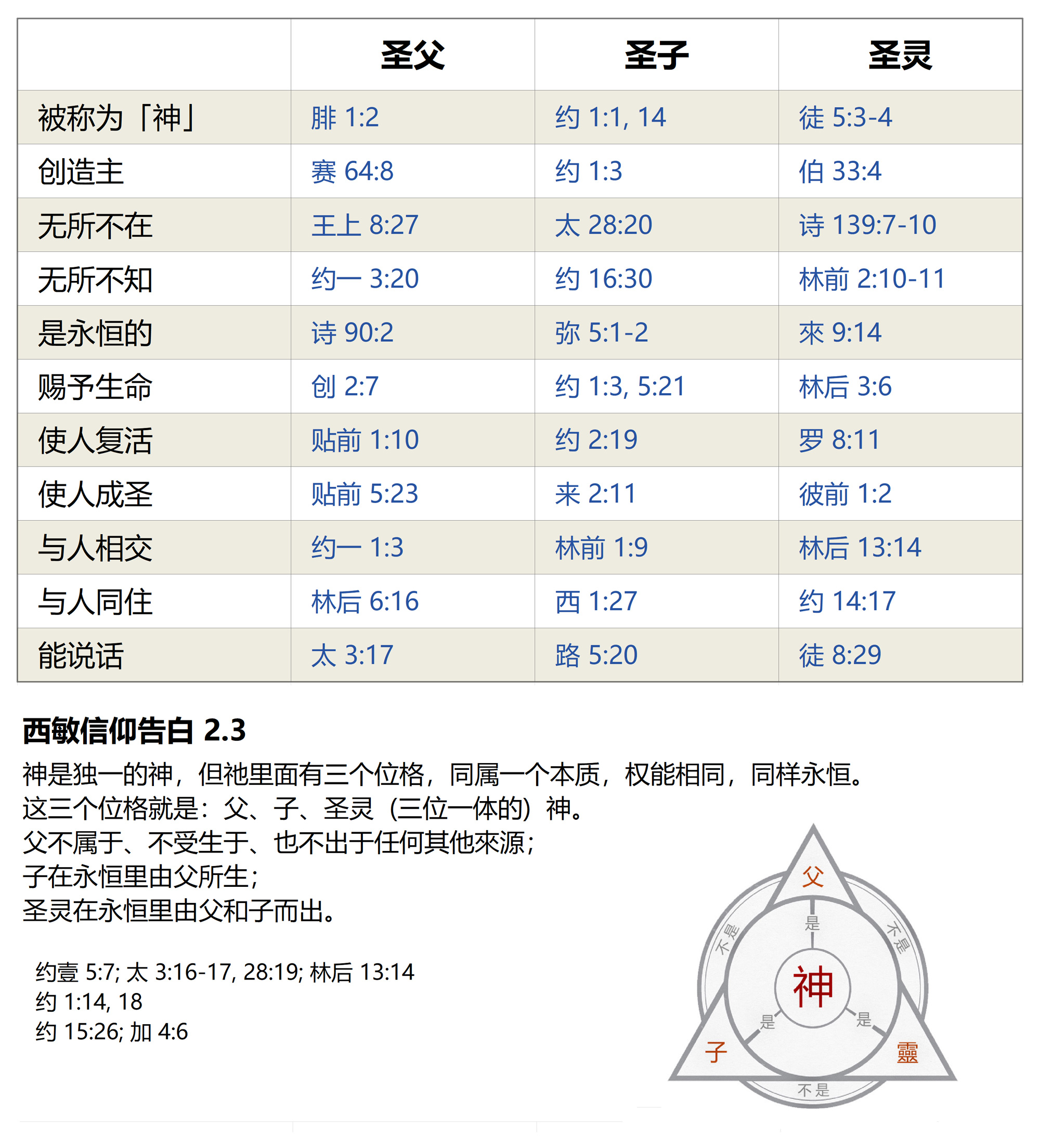Nov 27, 2025 -  Default
Default  No Comments
No Comments
 Default
Default  No Comments
No Comments 圣餐的四种看法
天主教
1215 年,罗马天主教正式宣布了 变质论 / 化质论 (Transubstantiation)。在举行圣体圣事时,藉着上帝的力量,饼转化为基督的身体,葡萄酒转化为基督的血。正如托马斯·阿奎 (Thomas Aquinas) 那所解释的,“变体”是指物质 (本质 substance) 发生了变化。然而,外形 (感官所能感知到的特征) 保持不变。虽然饼的外观、气味、感觉和味道仍然像饼,但其本质已经变成了基督的身体。同样,虽然葡萄酒的外观、气味和口感仍像葡萄酒,但其实质已变成了基督的宝血。基督教(新教)拒绝变质论。
马丁路德 (路德宗)
路德宗的观点是 同质论 / 同在论 (Consubstantiation),即 “圣礼中联合” (sacramental union)。按照 马丁·路德 (Martin Luther, 1483-1546) 的观点,主餐是基督在临死前留下的最后遗言。在这个应许中,祂指定了一份遗产——罪得赦免,并指定了其继承人——所有相信祂应许的人。此外在举行圣餐时,基督 “同着饼和酒、在其中和之下” 以祂的神性和人性真实地在场。因为基督的身体无处不在,根据祂的圣言 (“这是我的身体”;太 26:26),上帝在主餐中实现了基督的同在。
慈运理 (改革宗)
纪念论 (Memorialism) 是许多非命礼派 (如 浸信会) 教会的观点。由 慈运理 (Ulrich Zwingli, 1484-1531) 提出,这一观点认为主餐是纪念基督的死。基督的身体 (和血) 在天上,不可能出现在圣餐中。此外,基督设立圣餐时说的话 (“这是我的身体”;太 26:26) 是比喻性的,不能按字面意思理解。因此,纪念论的观点既反对变质论,也反对 同在论。最重要的是,耶稣吩咐说:“你们要这样行,为的是纪念我” (路 22:19; 林前 11:24);因此,主餐是一种纪念性的庆祝活动,教会藉此纪念基督在十字架上为完成救赎所做的一切。
加尔文 (改革宗)
属灵临在论(Spiritual presence)是许多改革宗新教教会 (如 长老会、改革宗) 的观点。约翰·加尔文 (John Calvin, 1509-1564) 认同并超越了纪念的观点,认为饼和酒当然是象征,但它们不是空洞的象征:它们代表了它们所象征的东西。借助属灵的同在,基督通过这些恩典的渠道亲自同在并且展现了祂救恩的益处。基督何以即能在天堂,又能在主餐中属灵的同在,这终究是一个谜。但 加尔文 借助圣灵的力量,将天上的基督与地上的教会联合在一起。圣餐的益处包括与基督同在,教会合一,以及在成圣上得到滋养。
“基督并非以他的身体和宝血降临到我们中间。相反,我们是藉着圣灵被提升到祂那里。” (约翰·加尔文)
参考:
